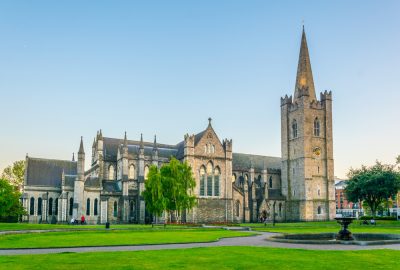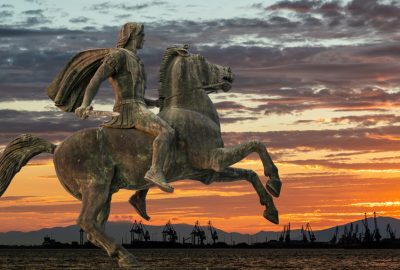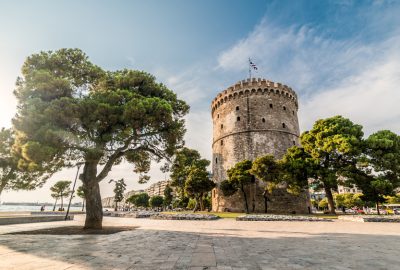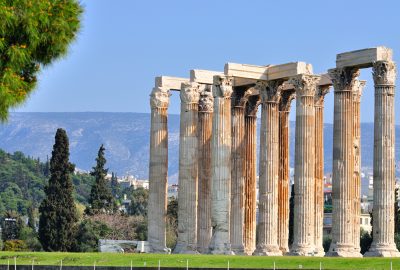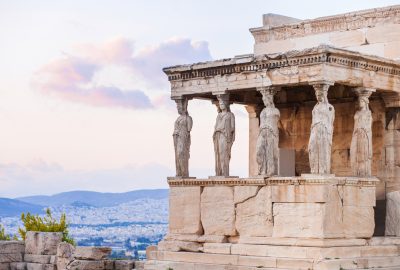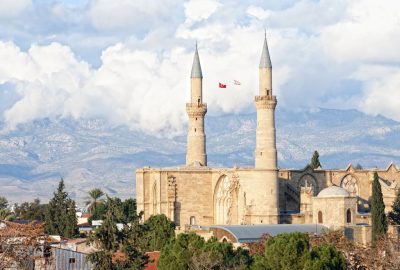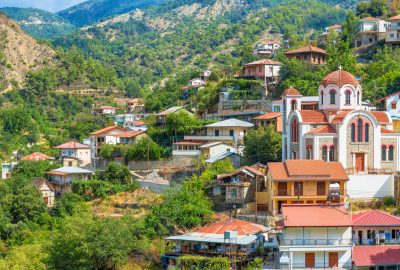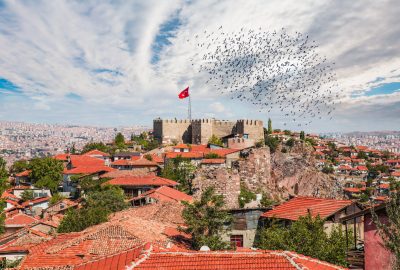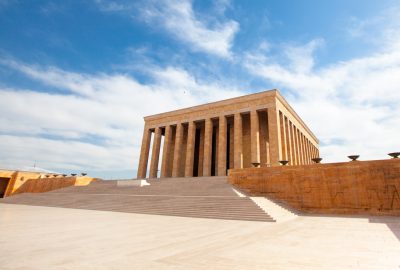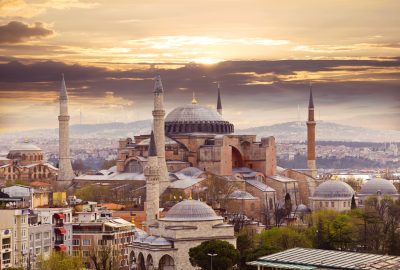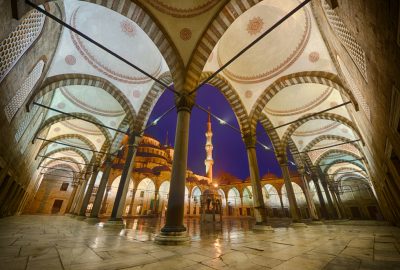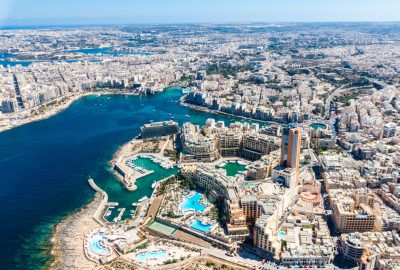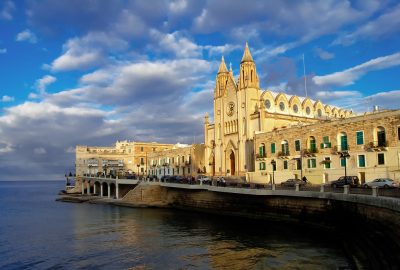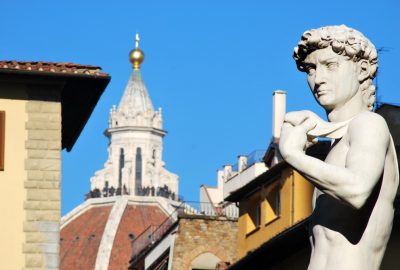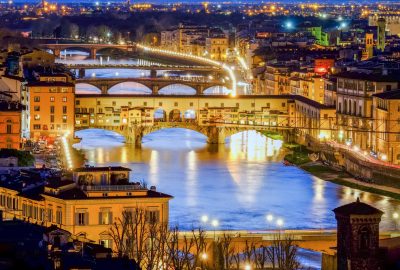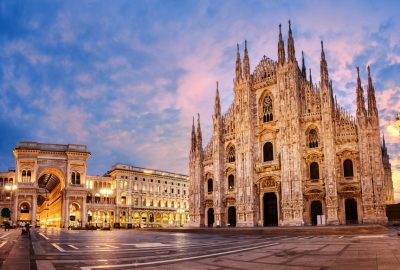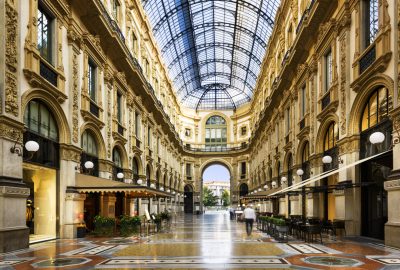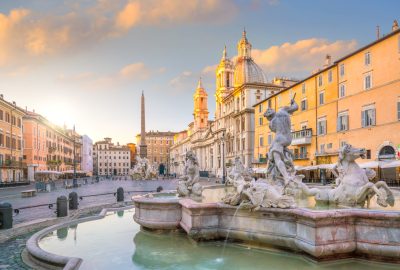Ireland is a fairyland and its capital Dublin reflects the magic atmosphere and rich culture of the country. Literally and figuratively, its ancient folklore and tradition helped it endure through tough times. Famines, plagues, rebellions and the bloody catholic-protestant conflict is a topic for an entire book. What matters is that it’s over now and things are starting to brighten up for the Emerald Isle. People are strong, warm and welcoming: céad míle fáilte means “a hundred thousand welcomes!” in Gaelic and is a common way of greeting each other. You will experience this lovely attitude throughout the whole of Ireland, you will also trip over rich, obscure history and myth. There’s also the ever-present informality, love for song, fun and merry times. Irish people are like hobbits from the Shire. In fact, most of the countryside looks wild, almost primal just like in Tolkien’s books. Rock formations, hills, valleys, green meadows, wild streams are what comes to mind: it’s the hikers' paradise. You might come across some extraordinary sites while traversing the countryside, such as the ancient burial ground of Brú na Bóinne. This mysterious dome and its surroundings predate even the Egyptian pyramids; those grounds are perfectly aligned with the sun during the winter solstice. It’s beyond astonishing how those ancient people were even capable of such calculations.
All of Ireland’s history, magic and charm come together in Dublin: the proud capital of Ireland. But do not think Dublin is only about traditions and history. It has transformed into a modern cosmopolitan city. The low taxes and favourable business climate have made it very popular with globally operating companies and many decided to establish their European headquarters there. Facebook: check. Google: check. The expats and other people coming along with the foreign businesses further contribute to the vibrant, buzzing and colourful city Dublin has become over the last decades.
There is a story that reminds me of Ireland and Dublin in particular. Two friends got together in a cellar with a fountain of St. Patricks’ sacred water in the middle of it. They cast a spell and turned it into a fountain of Guinness and started drinking. Both got so smashed they literally died and the devil came to collect their souls, in panic they tricked the demon into having a pint of the delicious beverage as their final request. The creature writhed in pain (as it was still stout made from holy water) and disappeared, leaving the two practically immortal, laughing their asses off while pouring themselves another glass. It’s so Irish. People say Guinness is so thick that it serves as both a meal and a drink; the real thing is so dense that if you stick a spoon in it, it should stay up. The brewery in Dublin is kind of a theme park for stout lovers, a museum and a temple to an almost 300-year-old recipe discovered by Arthur Guinness. The Storehouse (https://www.guinness-storehouse.com/), as they call the establishment nowadays, is located at the same place where it all started: St. James’ Gate. They got various tours, tastings and bars on the spot. What goes great with the best stout in the world? A pipe loaded with one of the finest tobacco blends. Peterson Pipes is one of the oldest and most recognized brands of pipes, they also have their headquarters in Dublin. This iconic Irish company was actually founded in 1865 by two Germans and a Latvian and leads the market to this day. Their store on 48-49 Nassau Street is every pipe-smokers Mecca. The few creations of them I possess are by far my most treasured collectibles.
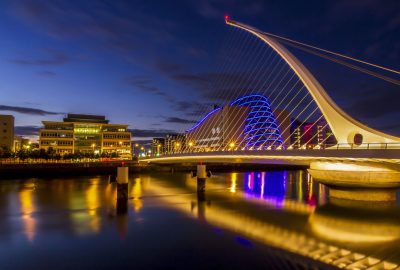
A Celtic harp served as a source of inspiration for the design and shape of the Samuel Beckett Bridge
There is a lot to see and experience in Dublin, even if pipe smoking and breakfast in a can aren’t your favourite activities. Irish people hold their written and spoken word in high regard, they’re a nation of prose and poetry, sung and recited. Libraries and places of knowledge are held in high regard. Trinity College (www.tcd.ie/) is not only a landmark but also the top university in Ireland. If that wasn’t enough: their grounds are home to one of the worlds’ most impressive libraries. “The Long Room” holds over a quarter of a million of the countries’ oldest manuscripts. The Chester Beatty Library (www.cbl.ie) is also a world-famous collection of not only books, but artefacts such as clay tablets and ancient paintings. It’s located in the Dublin Castle, which is a tourist staple on its own. Even though it might not be the classic, medieval stronghold type it’s still a wondrous mish-mash of styles that have layered out on top of the original building since 1204. Quite recently discovered excavations of Viking-era foundations are also open to visitors.


